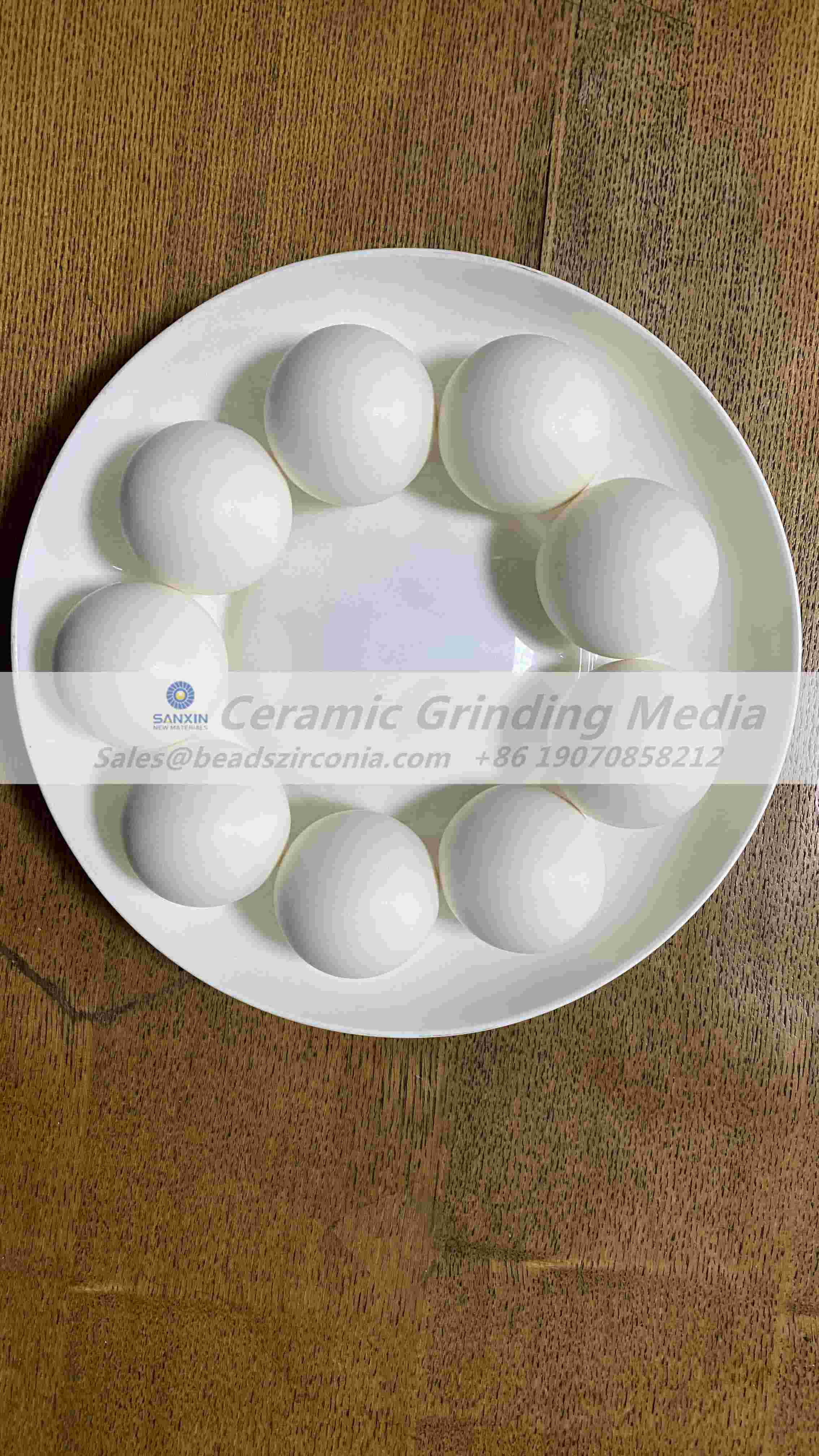
Crushing and grinding are critical components of ore beneficiation processes. Grinding, a key pretreatment step, aims to achieve sufficient or substantial liberation of valuable components in ores to facilitate subsequent separation. In flotation processes, beneficiation indicators (e.g., concentrate grade and recovery rate) largely depend on grinding fineness and monomer liberation. Excessive coarseness prevents target minerals from achieving liberation, while over-grinding leads to slime formation, deteriorating separation efficiency and increasing energy consumption. Therefore, effectively controlling grinding fineness is essential for optimizing beneficiation performance and economic outcomes.
Under deepening "Dual Carbon" strategy, energy conservation and emission reduction have become vital for sustainable development in mining industries. Grinding accounts for approximately 50% of energy consumption in beneficiation plants, making it a primary target for reducing costs and carbon footprints. Recent studies indicate that replacing steel balls in mills with ceramic balls can significantly reduce grinding media consumption and energy usage.
To address urgent demands for cost reduction and energy efficiency, a converter slag plant in Daye Noranda has explored innovative solutions. This study investigates the replacement of steel balls with ceramic balls in vertical mills, evaluating impacts on grinding efficiency, subsequent separation efficiency, reagent consumption, and energy usage, thereby providing insights for energy-saving practices.
The sample consisted of converter slag from Daye Noranda. Representative block samples were polished and analyzed via scanning electron microscopy (SEM) to determine mineral composition and dissemination (Figure 1). Remaining samples were crushed, screened to 2 mm, homogenized, and subjected to multi-element chemical analysis (Table 1).


Figure 1 reveals that metallic copper and copper sulfides are the primary copper-bearing minerals, with minor amounts of other copper minerals. Gangue minerals include magnetite, fayalite, glass matrix, and small quantities of calcium ferrite and quartz. Metallic copper and chalcocite are embedded within fayalite. Table 1 shows copper, lead, and zinc as valuable components. However, only copper recovery was considered in subsequent experiments.
Laboratory grinding tests were conducted using a 240×90 mm conical ball mill. Each test used 1 kg of sample, divided into 6 groups with three parallel trials per group (18 trials total). Grinding parameters included 80% pulp density, 15 min for primary grinding, and 20 min for secondary grinding. Ceramic balls replaced steel balls by equal volume. Grinding products were analyzed for -0.074 mm and -0.045 mm content.
Industrial trials involved replacing a portion of steel balls with ceramic balls in a vertical mill (model CSM-300, total ball mass: 42 t). Trials were divided into three phases:
Phase 1 (April 5–29): Baseline with 100% steel balls.
Phase 2 (May 11–28): 14% of steel balls replaced by ceramic balls.
Phase 3 (June 10–28): 38% of steel balls replaced by ceramic balls.
Daily energy consumption, reagent usage, and copper concentrate/tailings grades were monitored.
Liberation analysis (Table 2) shows that metallic copper and copper sulfides exhibit uneven particle size distribution, with fine copper particles embedded in the glass matrix. To achieve 75% liberation, grinding fineness must reach -0.045 mm 90%, with 88.84% comprising free particles and locked composites. Industrial experience indicates that secondary grinding must achieve -0.045 mm ≥90% to minimize copper losses in tailings.



Laboratory tests (Figures 2–3) demonstrate that increasing ceramic ball ratios reduce the content of -0.074 mm and -0.045 mm particles. Below 40% replacement, the impact on fineness is negligible. Ceramic balls, being lighter, generate weaker impact forces compared to steel balls, reducing grinding efficiency at higher replacement ratios.
Full replacement with ceramic balls (Figure 4) shows that reducing feed mass to 80% of the original (800 g vs. 1000 g for steel balls) achieves comparable grinding efficiency.

During the industrial experiment, samples of the vertical mill discharge after hydrocyclone classification were taken for screening tests, with six samples per stage. The -0.045 mm particle occupancy was measured, and the results are in Figure 5.

In the first stage with all - steel balls, the -0.045 mm content in each sample was 90.90%. In the second and third stages, when 14% of steel balls were replaced by ceramic balls, the -0.045 mm content was 91.39% and 90.74% respectively. The grinding fineness changed little in the three stages, indicating that replacing some steel balls with ceramic balls in the vertical mill has little impact on the grinding fineness of converter slag in industrial production.
Grinding Fineness:
Reagent Consumption (Figure 6): Xanthate and pine oil usage remained stable across phases.

Copper Concentrate/Tailings Grades (Figure 7): Concentrate grades: 29.25%, 29.99%, 29.80%. Tailings grades: 0.187%, 0.193%, 0.188%. No significant variation observed.

Energy Consumption (Figure 8): Daily power consumption:

Laboratory tests show grinding efficiency decreases with higher ceramic ball ratios. However, replacements ≤40% have minimal impact. Full ceramic replacement requires 80% feed mass to match steel ball performance.
Industrial trials confirm that 14–38% ceramic replacement does not affect grinding fineness, reagent usage, or copper grades but reduces energy consumption to 89.90% and 79.60% of baseline levels, respectively.
This study provides actionable insights for reducing energy consumption in beneficiation plants under the "Dual Carbon Goals."

Submit your demand,
we will contact you ASAP.

Sanxin New Materials Co., Ltd. focus on producing and selling ceramic beads and parts such as grinding media, blasting beads, bearing ball, structure part, ceramic wear-resistant liners, Nanoparticles Nano Powder

